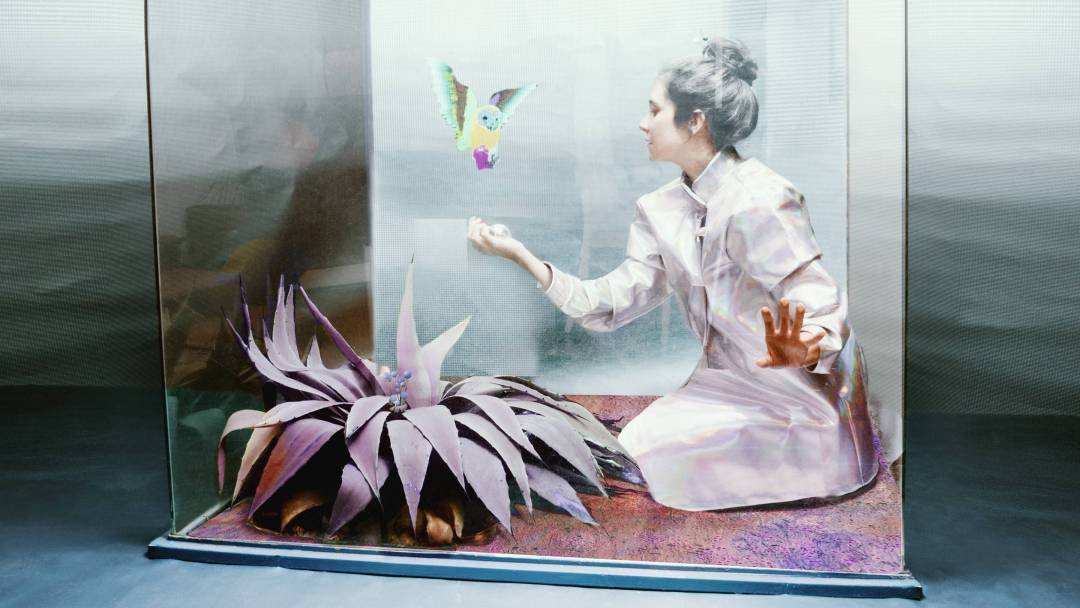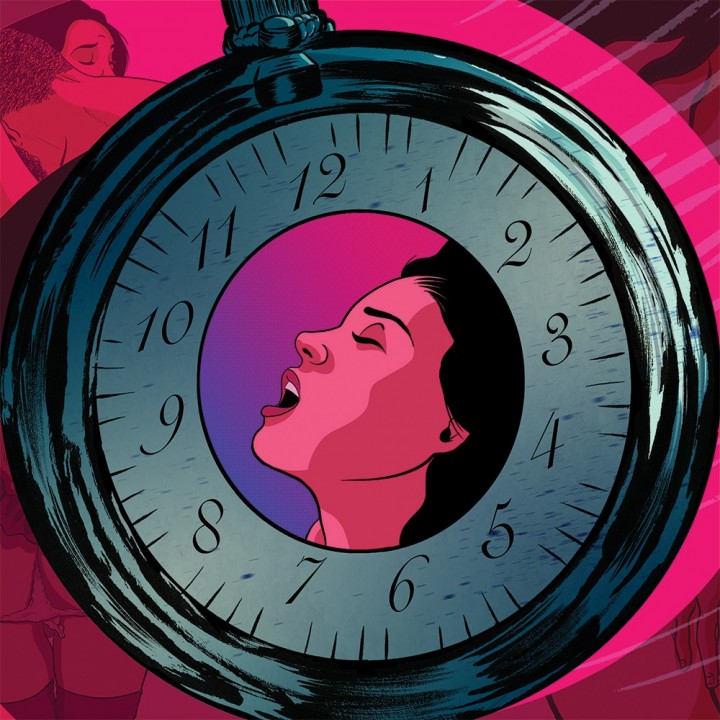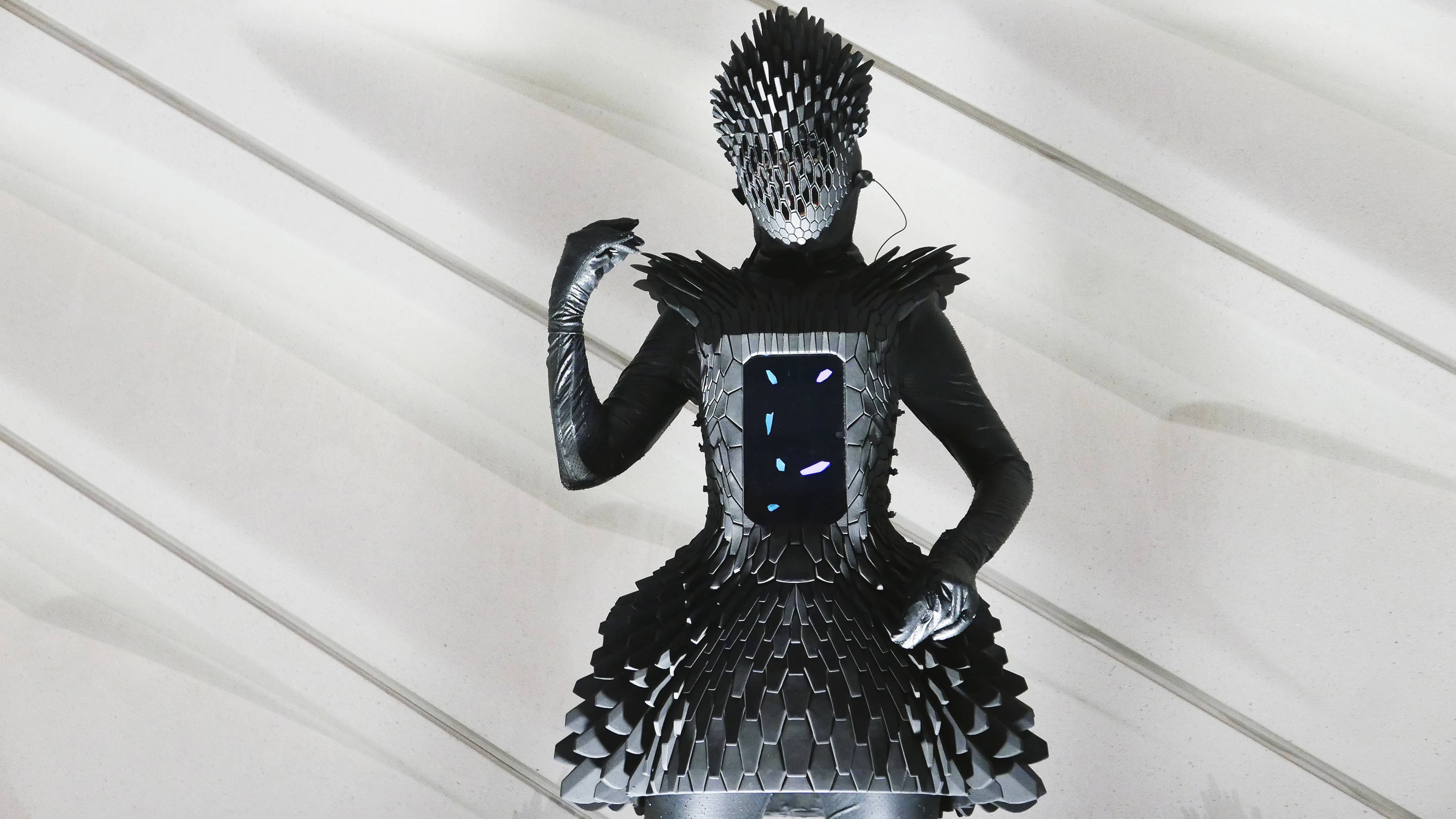
From Touch to Touchscreens with Performance Artist Tiffany Trenda
Trenda explores our relationships with technology—and each other
When a woman in a white latex bodysuit covered in QR codes enters the room, she commands attention without saying a word.
Trenda is fascinated by how people interact with technology and how those interactions change our behavior. She says, "Thirty years ago, when we said scanning, it was something to do with the eyes. It was a body motion. Now, when you think of scanning, you think of scanning with a phone or scanning with technology. Technology is changing the way in which we are using our words and changing the way in which we’re describing our bodies.”
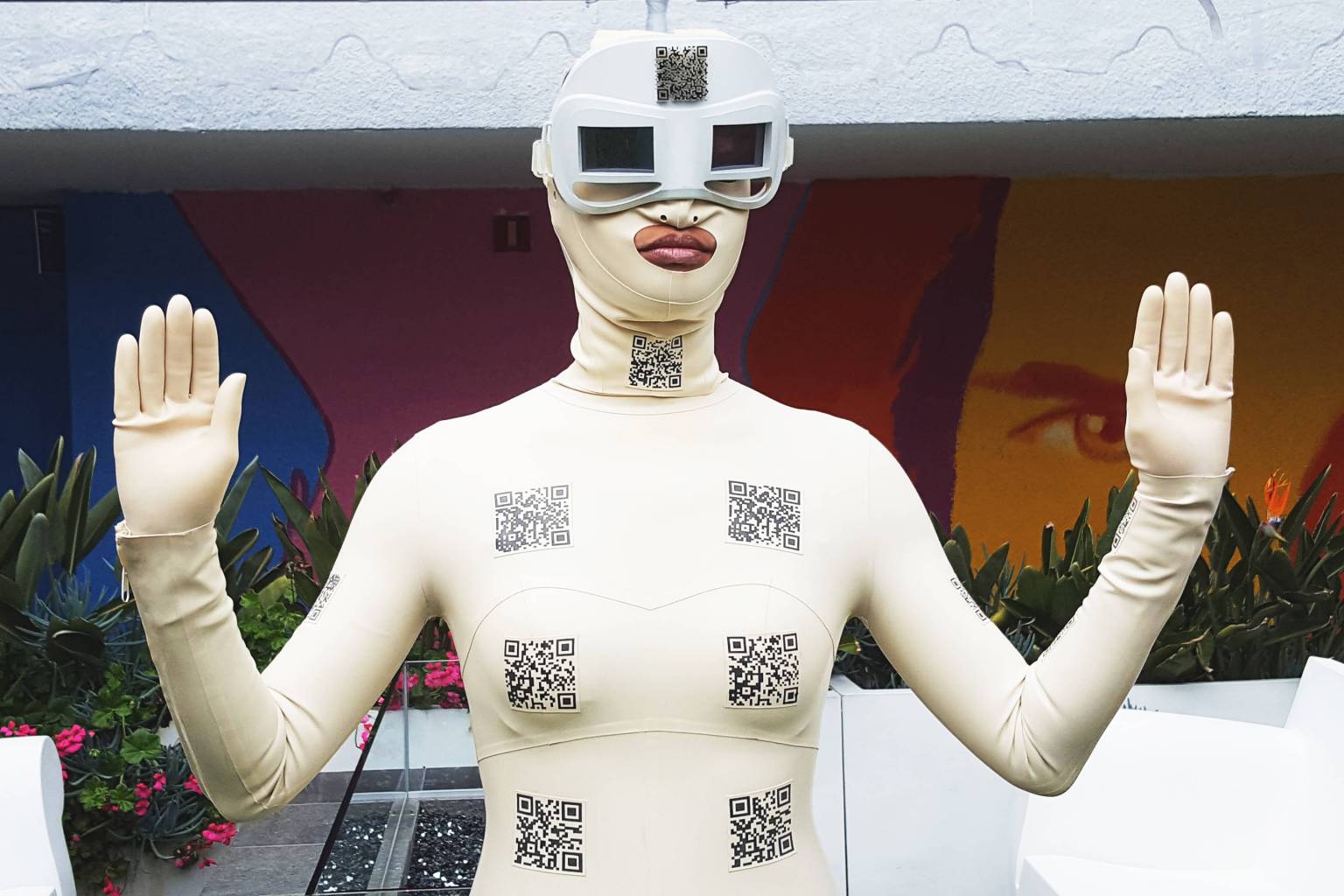
I like the idea that people look at it and I look like I’m a robot or something like that, because of the combination of technology and the body.
For another performance piece, Proximity Cinema, Trenda wears a skintight red outfit with 40 cell phone screens attached to it. “It used to be we were more face to face and having more real connections, and now we just sort of curate our lives through the screens," Trends explains. "By putting screens onto my body, it’s like I’m revealing and concealing parts of myself through screens.”
The concept for Proximity Cinema came out of a piece Austrian artist Valie Export created in the late ‘60s called Tap and Touch Cinema. For that piece, Export went out in public with a box around her bare breasts and invited people to reach into the box and touch them. Trenda wanted to create a similar experience to address how the definition of “touch” has changed over time. She says, “Going back thirty years, we thought of touch as a physical touch between human beings. Now, you think of touch, and you think about your iPhone, or iPad or something—touchscreens, you know?”
As she performs, she walks up to people and hugs, touches, or caresses them, making the experience even more tactile. She says, “I was thinking about the idea of this sort of intimate space within a public domain. And I was thinking, well, cell phone screens are sort of like that. We’re having these intimate experiences and we’ll be out in a public setting. People are having conversations with their psychologist or their boyfriend or their husband.”
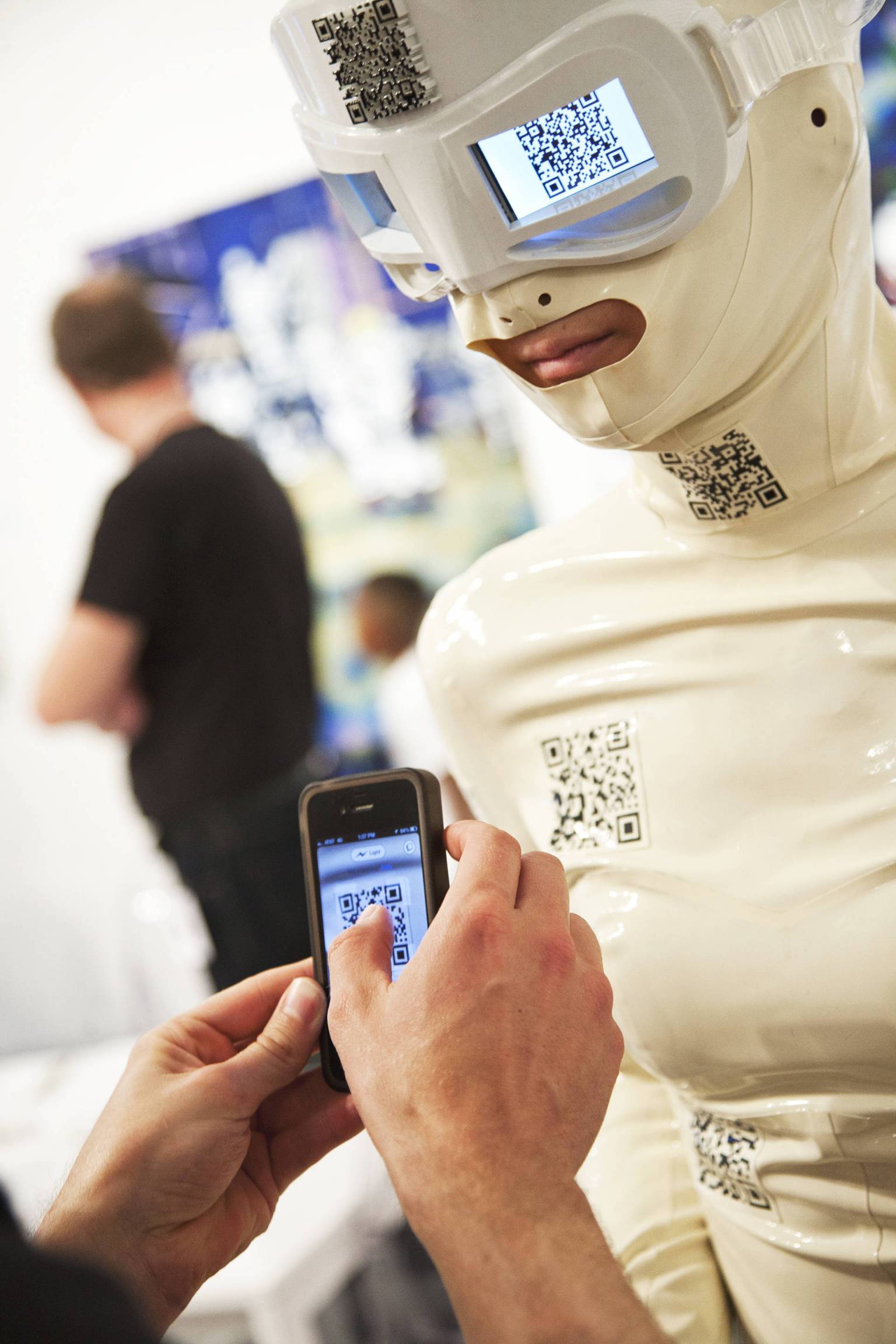
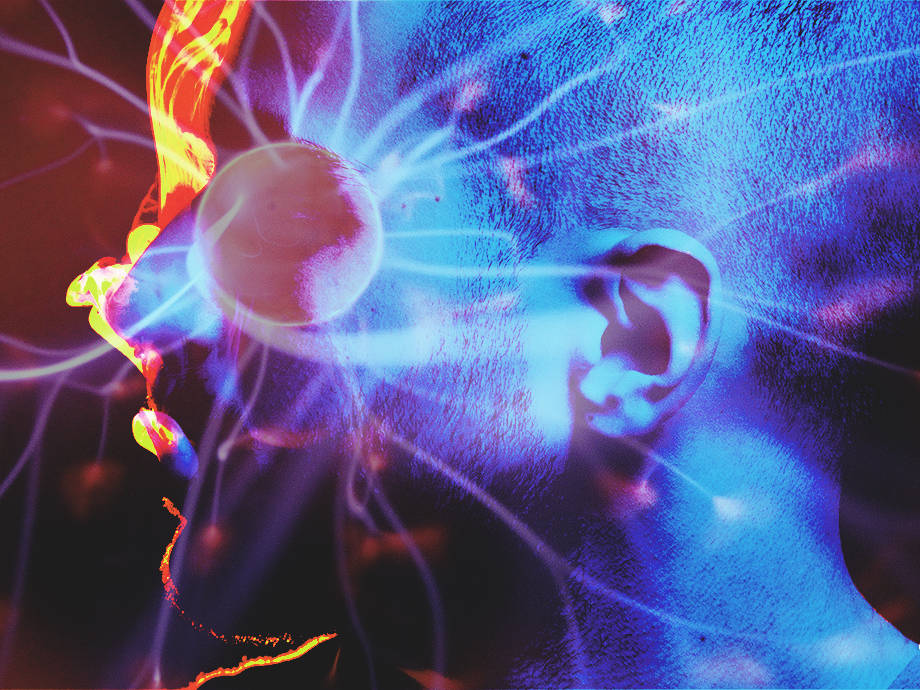
Could Neuroscience Help You Get Over Your Ex?
Playboy talks to top researchers on how neurofeedback is letting people process heartbreak
Much of Trenda’s work is influenced by French philosopher Jean Baudrillard’s ideas on what is real and what is not, and dealing with both concepts simultaneously. With projects like Ubiquitous States, she explores the idea of having meaningful, soulful experiences through technology, and whether technology can bring people closer. To prepare for Ubiquitous States, Trenda went to places such as Muir Woods and Grand Central Station to see how different locations affected her heartbeat and then practiced controlling it herself. Inside the 3D-printed suit, she can barely walk, but that’s not the most difficult part. She says, “It’s a lot of concentration to listen to somebody’s heartbeat and try to match it.”
Intimate moments like matching a stranger’s heartbeat are challenging to create, but Trenda says they’re also why she does this work in the first place. “It’s about that connection. It’s about that experience, and with performance art, you have to be there to experience it.”
